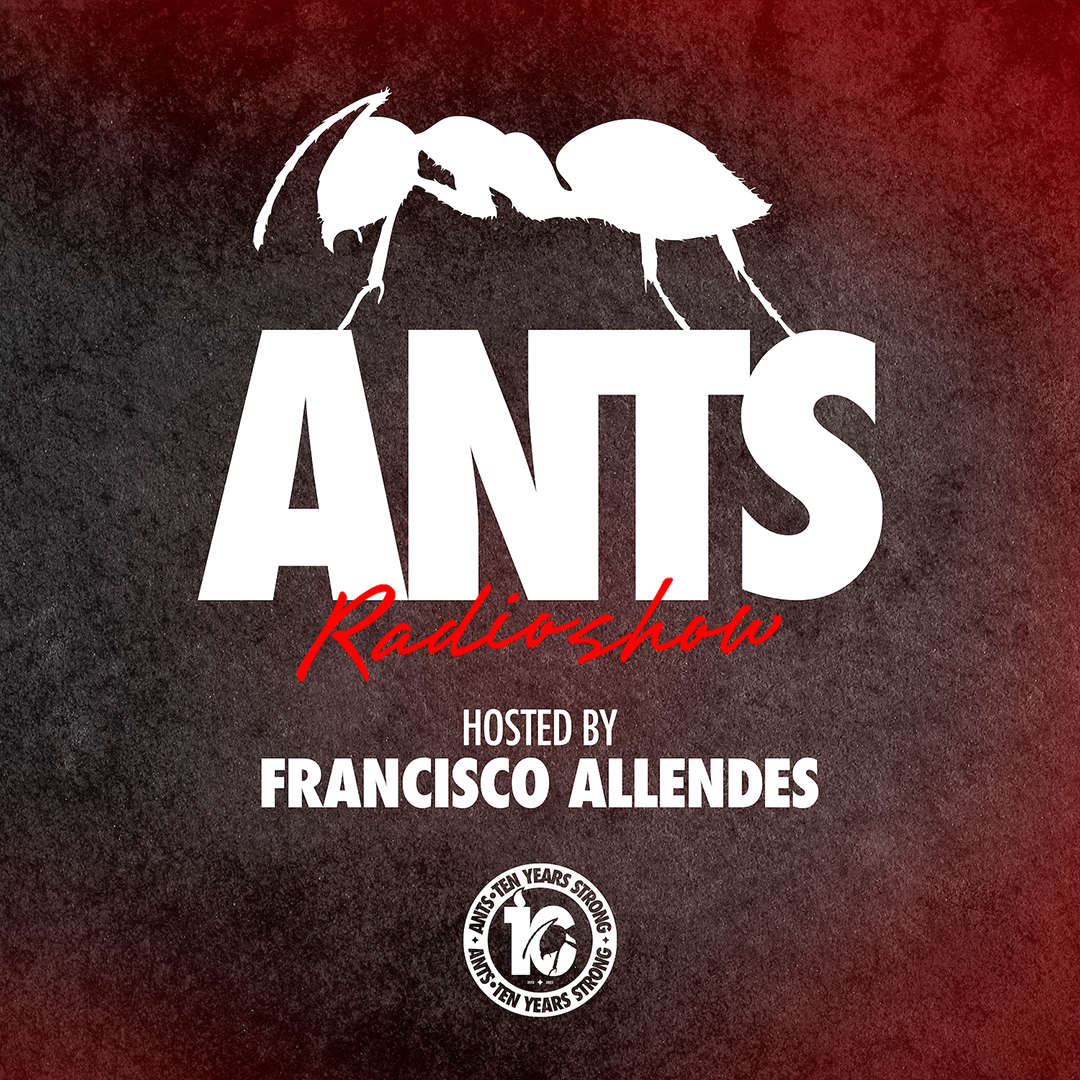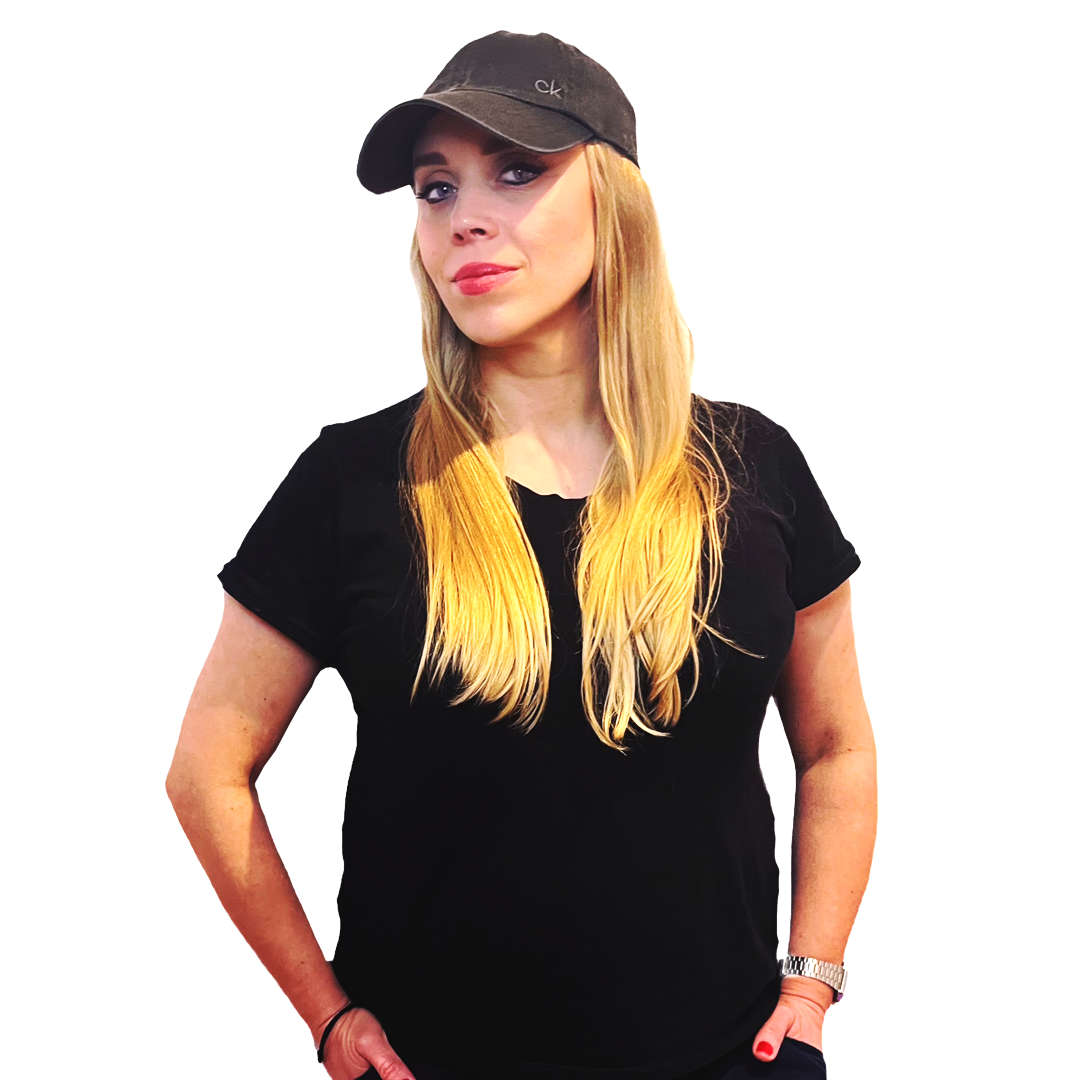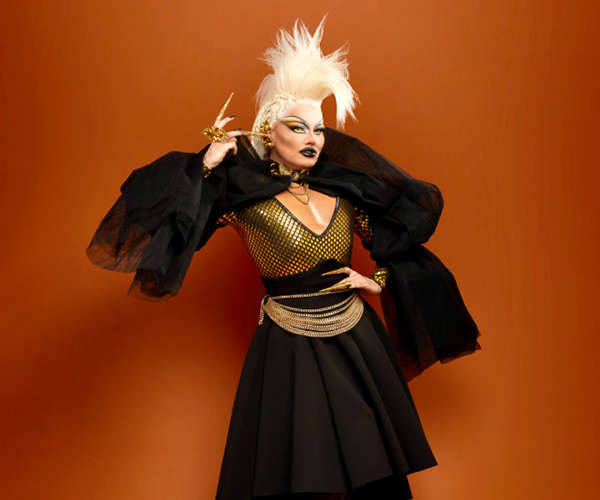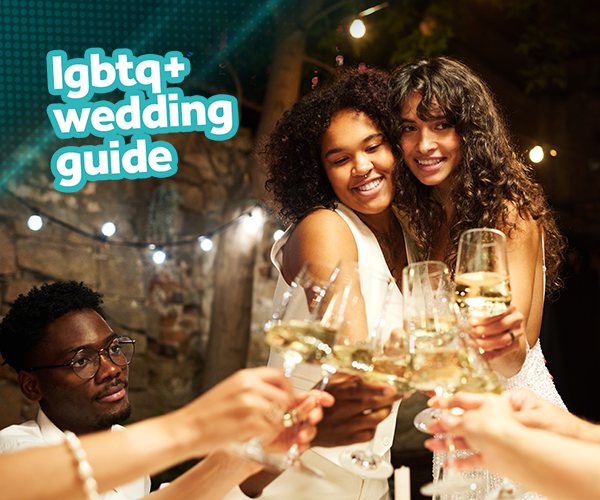Bi The Way
Written by Hunter Gibson from LGBT+ @Sky.
 “So… what’s it like to be bisexual?”
“So… what’s it like to be bisexual?”
The question takes many forms but the subtext is clear; people want to know more and curiosity gets piqued.
Because being “both ways” is just so unusual…Isn’t it?
The word itself - Bisexual - implies a nice clean 50/50 slice of each, bang in the middle. Half and half. Maybe for some. But overall the reality is somewhat different.
The short answer - it depends.
Many people just don’t get it to start with. And who can blame them?
Because they’ve never seen it.
Whole entire days and even weeks can pass with no visible representation of bisexuality across the media. #bierasure is a tangible thing but it’s no one person’s fault (a combination of influences, not all intentionally malicious).
It’s tough to picture living life as something you’ve never seen (I don’t think I’d knowingly seen a bisexual male ever, in any medium, until I actively started looking in my early 20’s). What does it look like?
What would it feel like?
Can you really live that way – liking men and women - permanently?
What if potential partners can’t accept it?
When there’s so few roles models, it can feel like you have to make your identity up as you go along.
It’s all too easy to go on a (justifiable) moan about #bierasure, #biphobia, lack of understanding, lack of representation and role models, or just the general forgetting that the B in LGBT is even there – but we could all do with more solutions.
Not that, for a long time, I had many on tap.
I used to think – mostly because I’d been told by peers - men were one or the other, gay or hetero. You know what you want and you stick to it. A sportsman doesn’t jump around teams.
Over time, despite having freely identified as gay, this evolved. And it certainly wasn’t overnight. More of a gradual, slow realisation as you grow up and move through life.
It eventually became undeniable – I was still attracted to women.
Not just “the odd one” either.
And same as growing up; it can be a difficult, messy transition. Not only was I different, I was that plus different again – the immediate kinship with gay men was now not there.
Through no conscious will I was part of an even more rare “tribe”.
Had things been different, this needn’t have happened. Growing up in a small town in the North East, where anyone openly LGBT was rare and Section 28 was in schools, I had never considered “batting for both teams” was even possible, much less a personal reality. Being gay in school wasn’t even mentioned in classes.
Which left being bisexual a complete unknown.
I came to find and discover, as with so many things, it really isn’t a blanket 50/50.
I’ve met men who identify as gay yet still are attracted to women, some significantly.
I’ve spoken to men who are married with children (both same and opposite sex) who are still attracted to the “other” sex.
I’ve also met men who identify as heterosexual but still feel substantially attracted to certain men.
And I saw an American news bulletin about two women who identified as gay yet one of them still wanted to be with a man, at least some of the time. Their solution was a poly-relationship with a male and now both have a child by him.
Opinions vary but these things could all come under the umbrella of bisexuality.
However, the drive to police others’ sexuality can be both far reaching and impressive…
“Bi Now, gay Later”,
“You’re confused”
“You just don’t want to use the word gay”…
...I was even told at one point I had to “make a choice” because “your partner needs your commitment” (I resisted the urge to ask how many ‘fully’ heterosexual or gay men can’t commit!).
And once you’re out, even if you don’t broadcast it, it’s the kind of thing that tends to get passed on (“Did you know s/he’s bisexual?”). People talk.
And once people feel comfortable to ask, the questions start…
Is being Bi… an even split? (Some people are)
60/40? (And some are)
90/10? (Yep that too – still bisexual).
What if someone can’t accept it (What am I supposed to do? Switch it off?)
... the list goes on.
Even dating as a bi person can end up feeling like being interviewed as this brave, new orientation gets navigated by the curious mind.
Is being bisexual actually that problematic or complicated?
It needn’t be.
Being lesbian or gay was once. Just because there’s still problems and ignorance doesn’t mean things can’t improve.
Thankfully, it’s now a lot easier than it’s possibly ever been.
Change doesn’t often happen of its own accord, spreading deeper understanding is always welcome.
The fight for rights and equality continues and we can all play our part however large or small. Standing in Parliament Square with a placard isn’t for everyone, we can all make the contribution that is right for us.
New groups championing BiVisibility are growing all the time; being treated differently is something that can adversely affect anyone so equality (no better, no worse) is something we can all surely get behind.
Ultimately, it’s the basics; Visibility matters and really is the start. Coming out as gay or lesbian can be hard enough. Imagine coming out when your orientation is constantly denied existence!
Stereotypes can be challenged and greater inclusion promoted, particularly greater understanding between religious groups and bisexuals (the two don’t have to be mutually exclusive). We can’t say co-existence isn’t possible unless we try.
We may all share a sexual orientation but there’s as much variety as there is in any other group. There’s no reason bisexuals can’t make the same strides gay, lesbian or trans groups have done or will do.
A friend of a friend who identifies as bisexual said recently “I’m not half gay or half straight, I’m fully gay and fully straight at the same time”.
At long, long last we can be our diverse, authentic selves.
#BiVisibility
Got a story you want to share with us? Tell us here

FEATURED
Gaydio Replay
-
 He.She.They (11th January)
He.She.They (11th January)in the mix
-
 ANTS (11th January)
ANTS (11th January)in the mix
-
 Yvette Lindquist (10th January)
Yvette Lindquist (10th January)in the mix





